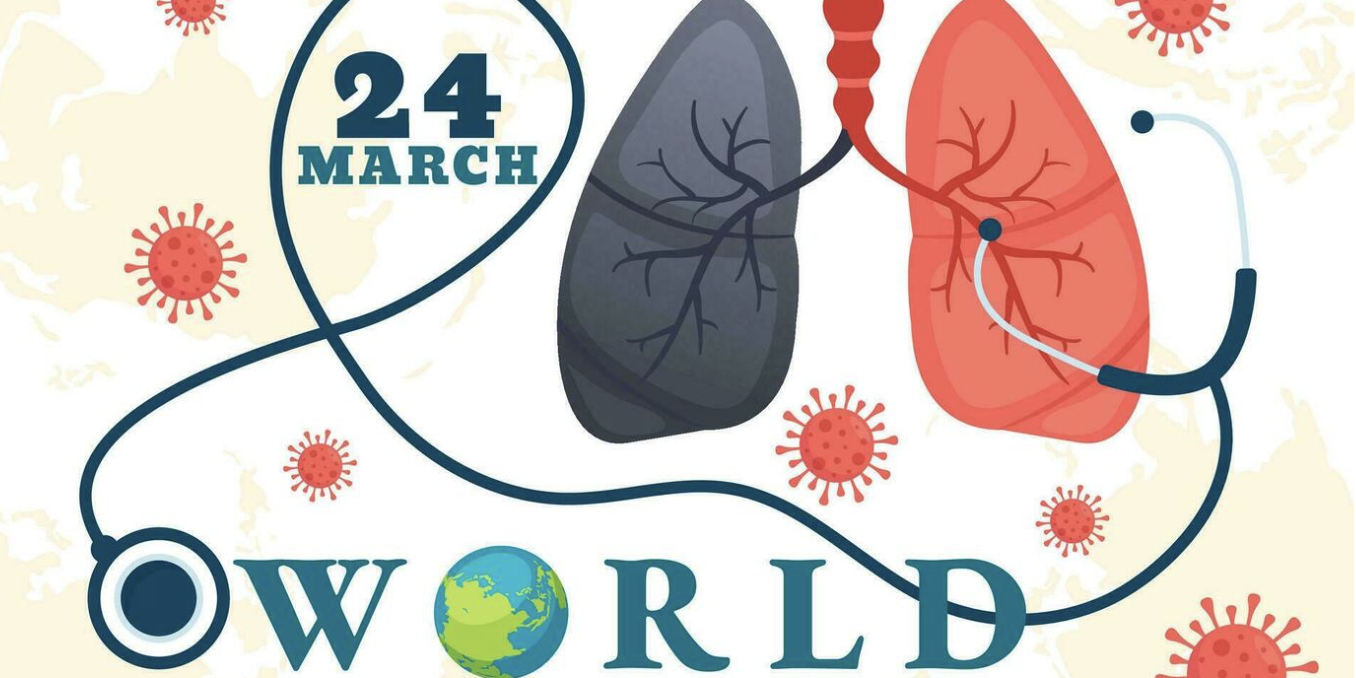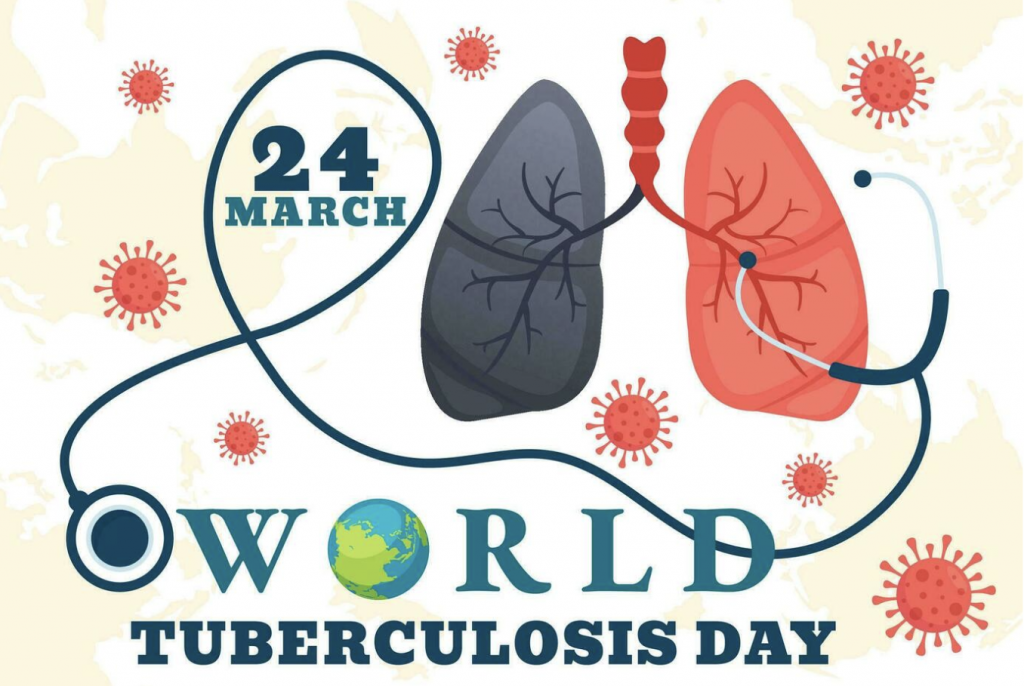
Back on March 24, 1882, Dr. Robert Koch dropped the news about finding the germ that causes Tuberculosis, called Mycobacterium tuberculosis. Fast forward a hundred years, the WHO decided to mark this day as the first World Tuberculosis Day. Since then, World Tuberculosis Day has occurred annually, with the aim of educating the public about Tuberculosis (TB), as well as raising awareness of preventive measures. This year the theme for the World Tuberculosis Day commemorated is ‘Yes! We can end TB!’. Every year, 10 million people fall ill with TB and 1.5 million people die from TB each year – making it the world’s top infectious killer, especially for those with HIV. This highlights the importance of raising the awareness of TB as well as the prevention.
Overview of Tuberculosis
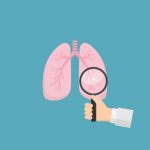
Tuberculosis is an airborne infection that most often affects the lungs and is caused by a type of bacteria. It spreads through the air when infected people cough, sneeze or spite. There are two TB-related conditions, which are TB disease (symptomatic) and latent TB disease (asymptomatic). Symptoms of TB include persistent cough for more than 3 weeks, fever, unexplained weight loss and loss of appetite.
If you are someone with HIV or other diseases that reduces your immunity, the chances of getting TB are higher due to a weaker immune system. Other risk factors include young children, someone who has just come in contact with a person with TB, works in hospitals/healthcare settings and a person who works or resides with any of what has been mentioned.
Preventive Measures of Tuberculosis
Tuberculosis is both preventable and curable. Recommended preventive measures encompass a broad spectrum, ranging from vaccination and medication treatment to early detection and improvements in living conditions and lifestyle practices.
Vaccination/Medication Treatment
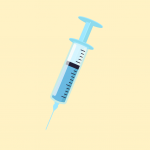
Vaccination
The Bacillus Calmette-Guérin (BCG) vaccine is the only vaccine currently that can help to fight against TB. While the BCG vaccine is not universally effective in preventing TB in adults, it can provide some protection against severe forms of the disease in children. Hence, it is mainly given to babies and children who are at a higher risk of getting TB.
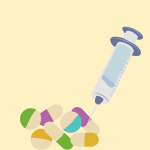 Tuberculosis Preventive Treatment (TPT)
Tuberculosis Preventive Treatment (TPT)
The TPT is a medication regimen that involves the drug isoniazid and rifampicin. There are a few therapy plans available currently. The differences lie between the drug used and the frequency of injection. One can always reach out to their healthcare provider to seek the best option.
Early Detection
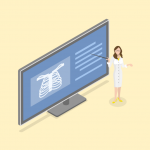 Regular Tuberculosis screening
Regular Tuberculosis screening
This is vital for early detection and prevention of its spread. Screening methods, such as skin tests, chest X-rays, and sputum tests, help identify cases promptly. Although no fixed guidelines exist for screening frequency, individuals at higher risk should be screened regularly. Additionally, seeking prompt medical attention for testing and treatment upon experiencing all the TB symptoms improve individual outcomes and curtails community transmission of TB.
Improving Living Condition & Lifestyle Practices

Improving ventilation
Ventilation is the movement of fresh air around a closed space, or the system that does this. Your housing area needs to have good ventilation, as it can help provide sufficient oxygen to reduce the concentration of TB bacteria, which greatly reduces the rate of transmission.
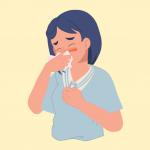 Practice Respiratory Hygiene
Practice Respiratory Hygiene
If you are experiencing suggestive symptoms, cover your mouth and nose with a tissue to prevent the spread of TB bacteria via respiratory droplets. This way, you can protect your loved ones and people around you from getting infected.
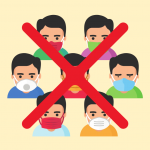
Avoid Close Contact with TB Patients
Keep a distance from people infected with TB until they have received appropriate treatment and are no longer contagious. Healthcare workers and others who have to come in contact with TB patients should wear appropriate PPE, such as masks, to protect themselves from inhaling infectious droplets.
Conclusion
World Tuberculosis Day elucidates the significance of preventing TB worldwide. While TB remains the current most contagious disease there are steps that we can take to fend off from it. Together, let’s practice some protective measures to keep ourselves in a well-being state!
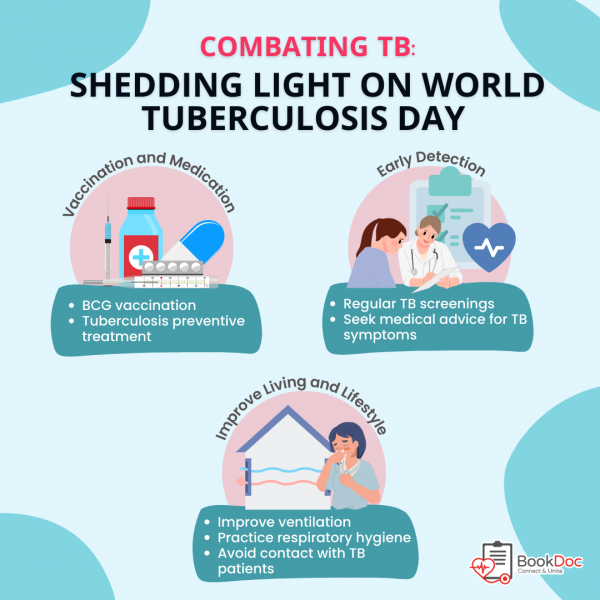
References
- CDC. History of world TB day [Internet]. CDC. 2019. Available from: https://www.cdc.gov/tb/worldtbday/history.htm
- World Health Organization. Tuberculosis [Internet]. www.who.int. World Health Organization; 2024. Available from: https://www.who.int/health-topics/tuberculosis#tab=tab_1
- Centers for Disease Control and Prevention. Latent TB Infection and TB Disease [Internet]. Centers for Disease Control and Prevention. 2020. Available from: https://www.cdc.gov/tb/topic/basics/tbinfectiondisease.htm
- WHO Guideline: Nutritional care and support for patients with tuberculosis i [Internet]. Available from: https://iris.who.int/bitstream/handle/10665/94836/9789241506410_eng.pdf?sequence=1
- WHO consolidated guidelines on tuberculosis: module 1: prevention: tuberculosis preventive treatment [Internet]. www.who.int. Available from: https://www.who.int/publications/i/item/9789240001503
Li Ling, Dietetics Intern







